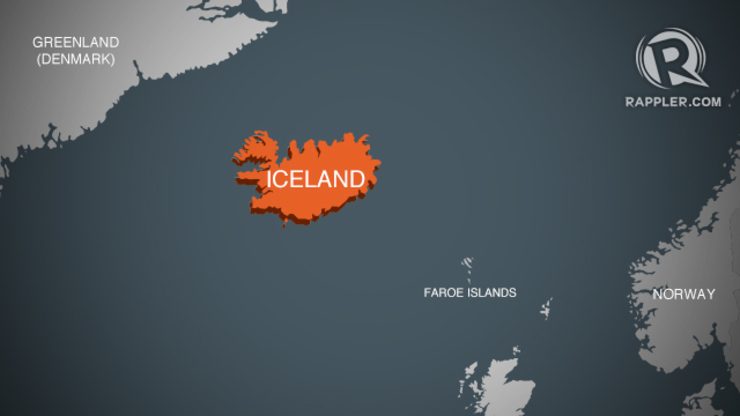SUMMARY
This is AI generated summarization, which may have errors. For context, always refer to the full article.

REYKJAVIK, Iceland – Iceland on Tuesday, August 19, began evacuating areas close to its largest volcano after warnings of a possible eruption, four years after millions of air travelers were grounded by a huge ash cloud from another peak.
Scientists believe the ash from an eruption at Bardarbunga, a huge volcano under Iceland’s largest glacier, the Vatnajokull in the south of the country, could disrupt transatlantic and northern European air traffic.
They also fear floods from melting ice could cause serious damage to the country’s infrastructure.
On Tuesday, police announced that they had “decided to close and evacuate the area north of Vatnajokull as a result of seismic activity on the Bardarbunga”.
It is not known how many people have been moved as the area is remote, but emergency services in Iceland have been placed on “alert”.
The Icelandic Meteorological Office raised its aviation alert to “orange”, the second-highest level on Monday after four days of increasing seismic activity, signaling a heightened risk of eruption.
On Monday, seismologists recorded an earthquake of 4.5 on the Richter scale, the strongest in the region since 1996.
Roads in a sparsely populated area north of Bardarbunga were closed on Tuesday, as the Meteorological Office said it had recorded some 2,600 tremors over the past four days.
Bardarbunga, Iceland’s second-highest peak, which rises to more than 2,000 meters (6,500 feet), caps the country’s largest volcanic system.
It sits in one of the most active seismic areas on the planet.
Bryndis Brandsdottir, a geophysicist at the University of Iceland, told public broadcaster Ruv on Tuesday that the latest readings indicated that magma was not approaching the surface, but rather remaining “three to seven kilometers below”.
“We meet twice a day, but the earthquake activity still comes in waves. There do not seem to be any changes, but it is still very powerful,” Vidir Reynisson, department manager at Iceland’s Civil Protection Department, told broadcaster 365.
In 2010, the Eyjafjoell volcano under the Eyjafjallajokull glacier, further to the south, shot a massive plume of volcanic debris up to 9 km (six miles) into the sky, blowing ash across to mainland Europe.
The ash cloud caused the planet’s biggest airspace shutdown since World War II, with fears it could damage aircraft engines.
The eruption caused global travel chaos, stranding more than eight million travelers as volcanic ash spread across Europe.
In 2011, Iceland’s most active sub-glacial volcano Grimsvotn erupted, forcing Iceland to temporarily shut its airspace amid fears of a repeat of the Eyjafjoell flight chaos. – Rappler.com
Add a comment
How does this make you feel?
There are no comments yet. Add your comment to start the conversation.